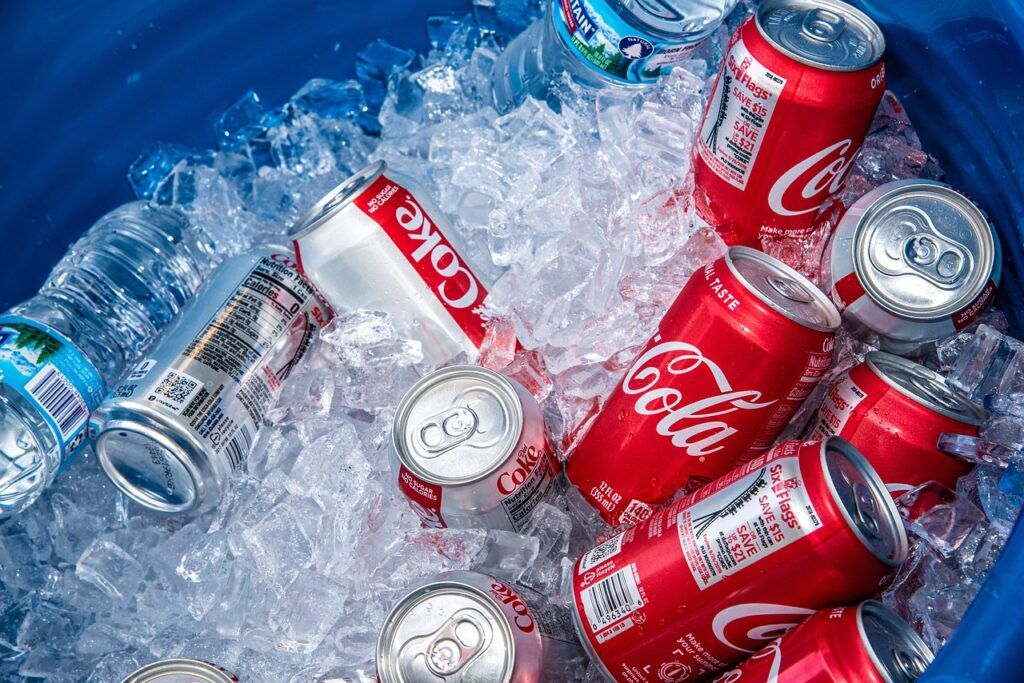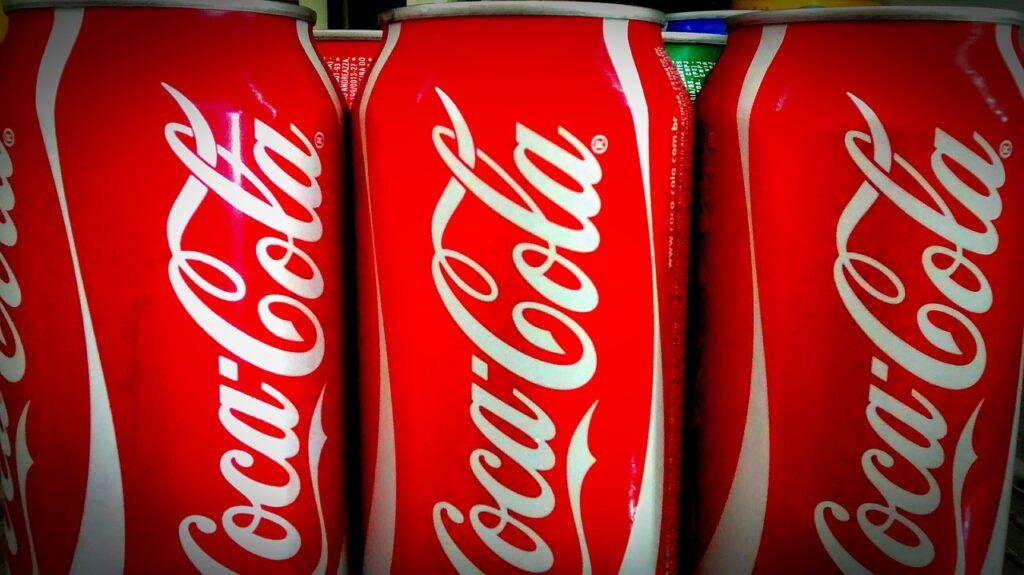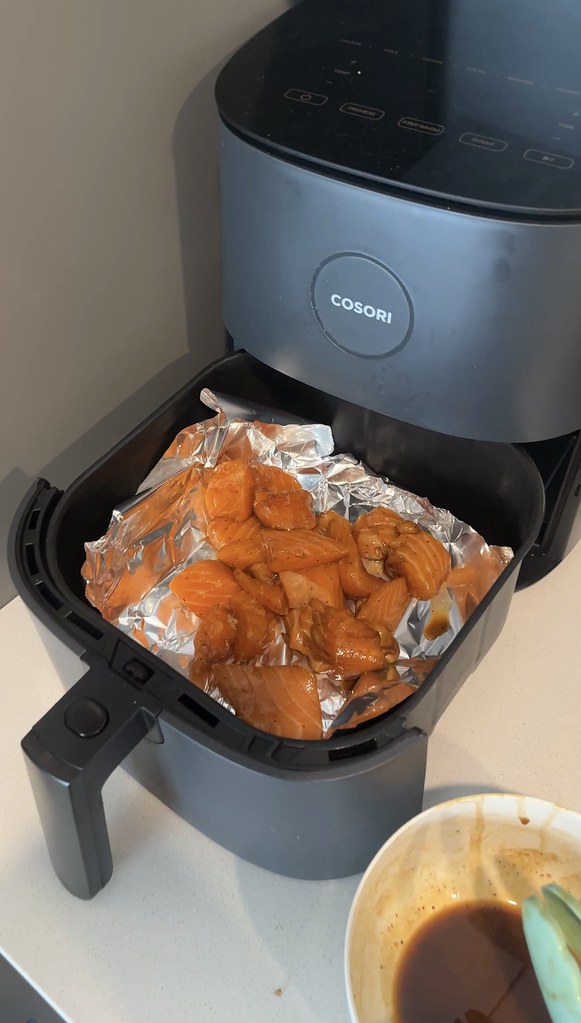For decades, public health campaigns and rigorous scientific research have illuminated the significant risks associated with sugary soft drinks. Despite these efforts, which led to a peak in soda consumption around 2000, many Americans continue to consume these beverages at concerning rates. A sobering paper published in Nature Medicine in January revealed that in 2020 alone, sugar-sweetened beverages were responsible for 2.2 million new cases of type 2 diabetes and 1.2 million new cases of cardiovascular disease worldwide, underscoring the profound global health burden.
This persistent consumption, even in the face of overwhelming evidence linking sugary drinks to chronic illness, prompts a critical question: why do we continue to drink so much of a product that demonstrably makes people sick? The answer, as extensively documented, involves a sophisticated and long-running campaign by companies like Coca-Cola, the nation’s most popular soda manufacturer, to obscure these health risks and influence public perception.
The strategies employed by Coca-Cola bear striking resemblances to those historically used by other industries facing public health scrutiny, particularly tobacco. From a 2015 New York Times exposé to subsequent Freedom of Information requests, a complex picture has emerged. It details how the $300 billion corporation has, for decades, worked to deflect criticism, spin science, and ultimately, maintain profitability while health advocates struggled to shift public opinion.
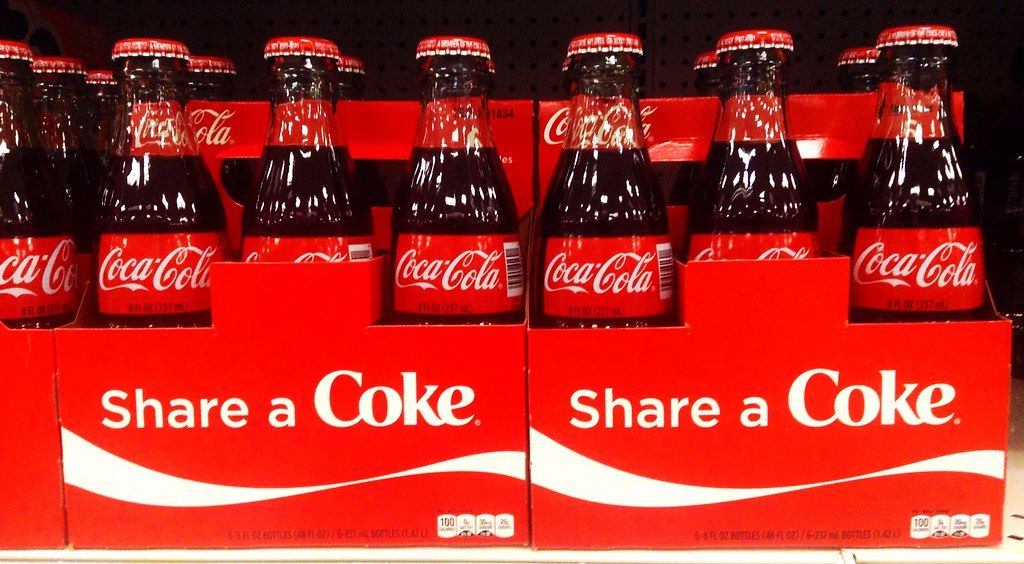
1. Deceptive Marketing and Obscuring Health Links
Eight years ago, a lawsuit filed in Washington, D.C., by two pastors against Coca-Cola and the American Beverage Association brought to light allegations of “deceptive marketing, labeling, and sale of Coca-Cola’s sugar-sweetened beverages.” The complaint posited that Coca-Cola possessed knowledge of the scientific links between its sugar-sweetened products and chronic diseases but actively worked to obscure these connections. This was achieved through aggressive public relations campaigns designed to downplay the inherent risks.
This legal challenge was seen by some as a potential turning point, a moment that might finally sway public opinion against Coca-Cola, mirroring a similar shift against Purdue Pharma after a 2007 court case regarding OxyContin’s addictiveness. However, as recounted in the book “Sweet and Deadly,” Coca-Cola and its allies adeptly parried every jab from health advocates, demonstrating a formidable capacity to protect its corporate interests.
The corporation’s strategy involved an extensive network of allies and proxy groups, which were instrumental in disseminating its messages. This included not only co-opting scientists and their research but also spending billions of dollars on advertising. These advertisements consciously associated Coca-Cola with universally positive imagery, such as polar bears, Santas, and happy families, cultivating an aura of goodness that stood in stark contrast to the growing health crisis associated with its products.
This continuous effort to control the narrative has been highly effective. Despite its significant role in America’s ongoing health crisis, Coca-Cola has yet to face a major reckoning. Its carefully crafted public image and strategic messaging have largely prevented the widespread public backlash experienced by other companies facing similar criticisms regarding public health.
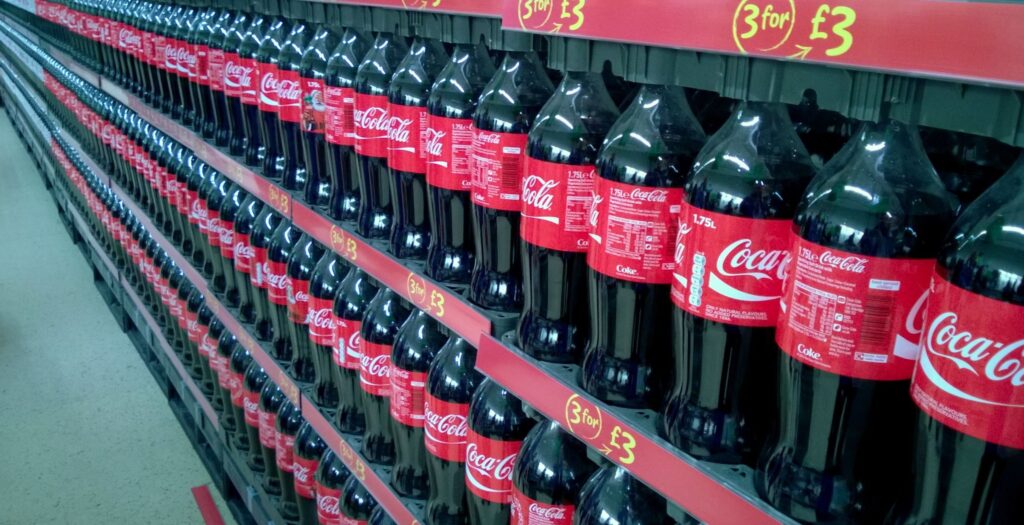
2. Pioneering the “Tobacco Playbook”
The tactics employed by Coca-Cola to manage the public perception of its products’ health impacts bear a striking resemblance to, and in some cases even preceded, those of the tobacco industry. The context explicitly states, “Like the tobacco companies, Coke has spent millions spinning science to hide soda’s health costs from the public and downplay the risks of sugar.” This parallel is not merely coincidental but deeply rooted in shared strategic origins.
Remarkably, Coca-Cola has been engaged in this particular “game” for an even longer period than the tobacco industry. When the Tobacco Industry Research Committee initiated its disinformation campaigns in 1954, it did so by importing its staff and strategies directly from the Sugar Research Foundation. This non-profit organization, partially funded by Coca-Cola, essentially provided the blueprint for what would later become known as the “tobacco playbook.”
This historical connection reveals that the soda companies were not merely followers but pioneers of a public relations strategy now infamous for its effectiveness in sowing doubt and obscuring scientific consensus. The “tobacco playbook” encompassed a range of tactics, from funding friendly science to redirecting attention away from product harms and towards individual behaviors.
By leveraging these pioneering strategies, Coca-Cola effectively created a sophisticated system for managing public opinion. This system allowed the company to consistently downplay the health risks of its most profitable products, ensuring that despite mounting scientific evidence, the balance of public opinion did not tip against it in the same way it did for tobacco or pharmaceutical companies like Purdue Pharma.
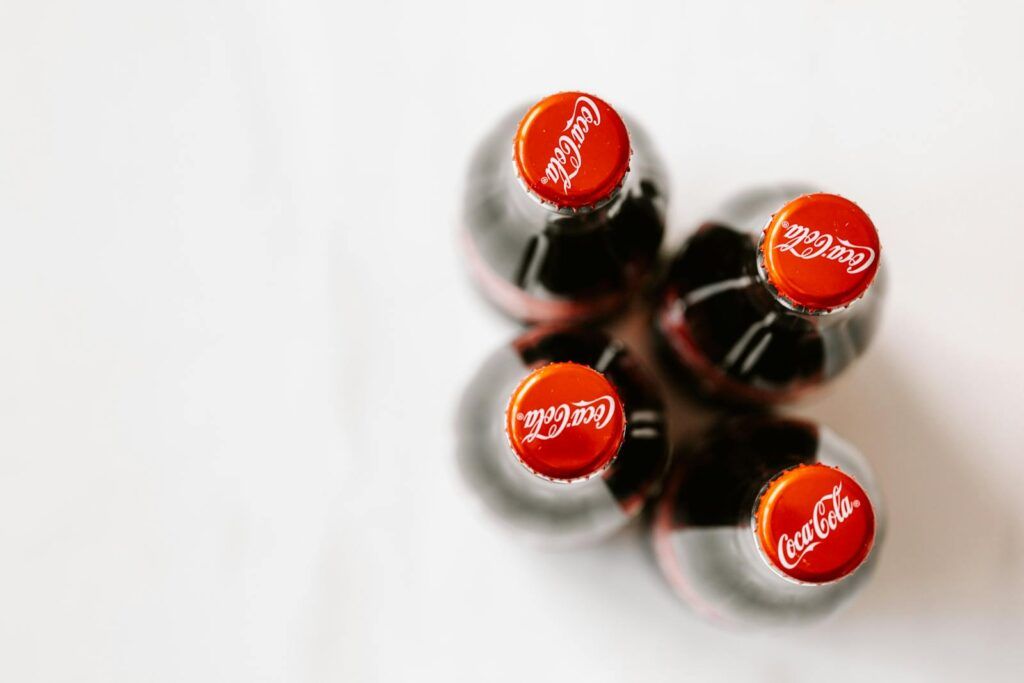
3. Promoting the “A Calorie is a Calorie” Fallacy
Among the numerous dietary falsehoods propagated by Coca-Cola, a prominent one is the assertion that “a calorie is a calorie.” This message, designed to simplify the complexities of nutrition, suggests that all calories behave identically within the human body, regardless of their source. Katie Bayne, Coca-Cola’s former chief marketing officer, stated in 2012, “We don’t believe in empty calories,” a phrase that subtly redefines the nutritional value of their products.
The following year, James Quincey, now the CEO of the corporation, reiterated this stance, declaring, “When we talk about obesity, a calorie is a calorie. The experts are clear — the academics, the government advisors, diabetes associations — we need to have balance in the calories. And if you’re taking in too many, or burning them off, that is a problem; wherever they’re coming from, a calorie is a calorie.” This consistent messaging aimed to present a unified, authoritative front, seemingly supported by various experts.
However, scientific research has long contradicted this simplistic view. The human body does not metabolize all calories in the same manner. For instance, a calorie derived from liquid sugar, such as that found in soda, is processed differently than a calorie from a whole grain, fruit, or nuts. These whole foods contain fiber, vitamins, and other essential nutrients that are notably absent in sugar-sweetened beverages.
The physiological distinction is crucial; liquid calories often “evade satiety,” meaning individuals rarely compensate by reducing food intake after drinking soda. This leads to sustained overconsumption, contributing to rising insulin resistance and an increased burden of obesity, type 2 diabetes, and cardiovascular disease. Coca-Cola’s promotion of the “calorie is a calorie” narrative thus served to misdirect consumers from the critical qualitative differences in dietary intake.

4. Emphasizing “Energy Balance” and Exercise
Closely related to the “a calorie is a calorie” fallacy is Coca-Cola’s promotion of the concept of “energy balance.” This argument posits that the body metabolizes a calorie of food identically, whether it originates from a handful of cashews, a serving of kale, or a can of Coca-Cola. Consequently, consumers, according to this perspective, should prioritize balancing calorie intake with calorie expenditure rather than focusing on the nutritional quality or source of their food.
Coca-Cola demonstrated a particular vested interest in emphasizing the “calories-out” side of this equation. By shifting the focus primarily to physical activity, the company effectively diverted attention away from the caloric density and lack of nutritional value inherent in its sugar-sweetsweetened beverages. This strategic emphasis minimized the role of diet composition in health outcomes and placed the onus squarely on individual exercise habits.
The commercial imperative behind this strategy is evident: Coca-Cola is fundamentally “in the business of selling sugar water.” Any attempt to reduce the sales of its core products would directly contravene its obligations to its shareholders. Therefore, a narrative that de-emphasizes dietary changes in favor of increased physical activity aligns perfectly with the company’s financial goals, allowing it to continue aggressive marketing without acknowledging direct responsibility for health impacts.
This argument also implicitly frames any health issues as a failure of individual responsibility rather than a consequence of dietary choices influenced by product availability and aggressive marketing. By championing “energy balance,” Coca-Cola provided a seemingly scientific yet conveniently industry-friendly framework that masked the unique metabolic harms of liquid sugar. It deflected criticism from its products, instead directing public attention towards the need for greater physical exertion.
Read more about: 14 Nutrition Myths That Are Totally Wrong (and What Science Says Instead)
5. Funding the Global Energy Balance Network (GEBN)
In a stark illustration of its “energy balance” strategy, Coca-Cola focused considerable attention on the Global Energy Balance Network (GEBN). Launched in 2014 by researchers affiliated with the University of Colorado and the University of South Carolina, the GEBN was ostensibly an independent organization dedicated to understanding and promoting health. Its primary focus, however, quickly became a campaign to shift public and scientific attention away from diet and towards physical activity as the main determinant of weight and health.
One of the leading academics involved, Steven Blair, was particularly instrumental in this endeavor. In a video produced for the organization, Blair asserted, “Most of the focus, in the popular media, in the scientific press, is ‘Aww, they’re eating too much, eating too much, eating too much.’ Blaming fast foods, blaming sugary drinks, and so on, and there’s really virtually no compelling evidence that that in fact is the cause.” This statement directly contradicted prevailing public health consensus and served to exonerate sugary drinks.
The true nature of the GEBN was dramatically exposed in 2015 by a New York Times exposé. The investigation revealed that the organization was, in fact, a front group for Coca-Cola. The corporation had not only funded the GEBN but had also guided its operations since its inception, all while maintaining the appearance of independence. This revelation sparked a significant public outcry and confirmed suspicions about industry influence in scientific discourse.
Following the exposé, Coca-Cola’s then-CEO, Muhtar Kent, issued a very public apology, published as a Wall Street Journal column titled “We’ll do better.” However, subsequent Freedom of Information (FOI) requests later uncovered over 18,000 pages of emails exchanged between Coca-Cola and academics leading the GEBN, further detailing the extent of the company’s influence. These documents confirmed that Coca-Cola sought to obscure its relationship with researchers and minimize public perception of its role, using these academics to promote industry-friendly messaging. This included efforts to divert attention from Coca-Cola as a funding source by diversifying partners and, in some cases, withholding information on the funding involved.
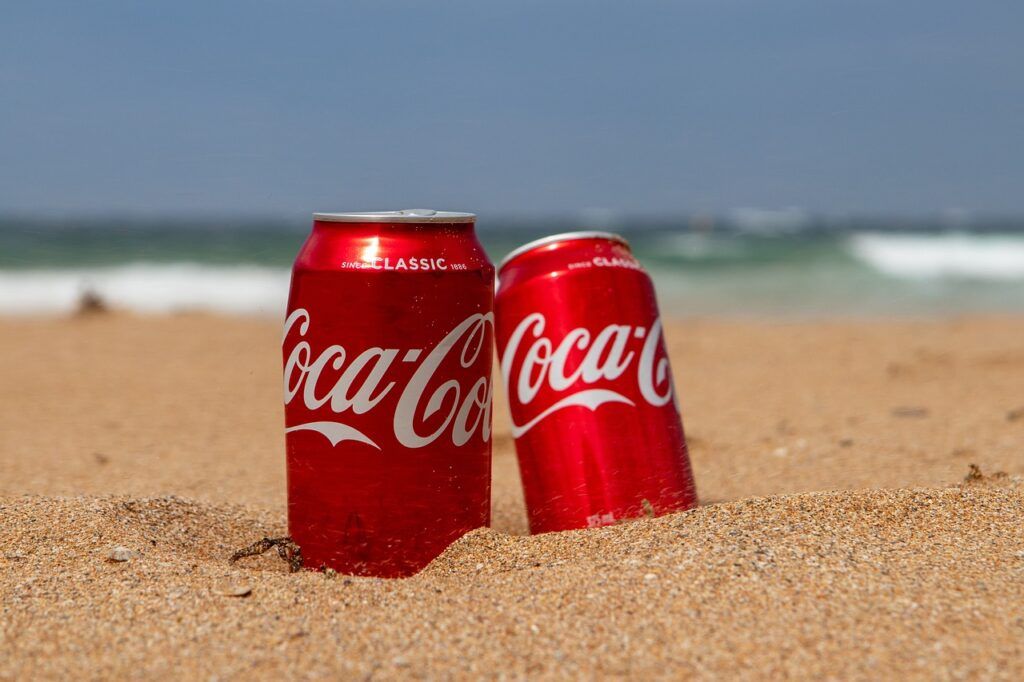
6. Misleading Claims of Calorie Reduction
Beyond influencing scientific discourse, Coca-Cola engaged in messaging that presented a contradictory narrative regarding its impact on public health. In a May 2013 blog post, which has since been removed, the company publicly trumpeted its success in supposedly removing calories from the American diet. The post proclaimed, “Yesterday, America’s top food and beverage manufacturers announced an important milestone: more than 1.5 trillion calories have been removed from the US marketplace.”
This achievement, the post claimed, was a result of efforts made by the Healthy Weight Commitment Foundation (HWCF), described as a coalition of 16 food and beverage corporate partners, including The Coca-Cola Company, and over 230 organizations. The stated goal was to collaboratively reduce obesity, particularly childhood obesity. The post even featured a photograph of seemingly independent experts—the former Department of Agriculture secretary Dan Glickman, Lisa Gable of HWCF, and author Hank Cardello—at an event sponsored by the Obesity Solutions Initiative at the Hudson Institute, implying a broad, unbiased consensus.
What the company’s messaging strategically omitted was the significant financial backing it provided to these very entities. The event itself, featuring these “independent experts,” was entirely funded by Coca-Cola, Pepsi, and other food corporations. Coca-Cola alone had donated hundreds of thousands of dollars to the Hudson Institute and a substantial $5 million to the HWCF, effectively underwriting the very initiatives it lauded for calorie reduction.
This public relations strategy presented a profound irony. Coca-Cola could, in a literal heartbeat, remove vastly more calories from the marketplace by simply discontinuing or significantly reducing the advertising of its full-sugar beverages. Instead, the company not only aggressively markets these calorie-dense drinks but also continually introduces new blends, some, like Coca-Cola Spiced, even containing more sugar than the original formulation. This dual strategy allowed Coca-Cola to take credit for calorie reduction while simultaneously maximizing sales of the very products contributing to the obesity crisis, all while staying profitable and rewarding shareholders.
Read more about: Beyond the Buzzwords: Unmasking the Truth Behind 17 Fast Food Claims That Might Be Playing Tricks on Your Diet

7. Influencing the International Life Sciences Institute (ILSI)
Coca-Cola’s influence extended beyond the GEBN to other scientific and public health organizations. One notable example is the International Life Sciences Institute (ILSI), an organization founded in the 1980s by a Coca-Cola executive. For decades, ILSI dedicated itself to “spinning food science” in a manner favorable to its corporate funders, which included major industry players such as Hershey, Kraft, and Kellogg.
However, ILSI’s activities eventually pushed the boundaries too far for some of its members. In 2016, the institute funded a research paper that directly critiqued the burgeoning body of scientific evidence on the health risks associated with sugar. This move proved to be a critical misstep, drawing strong criticism and prompting a re-evaluation from within the industry itself.
Matthias Berninger, a spokesperson for Mars at the time, publicly stated that the paper would not assist consumers in making better choices, highlighting the internal discomfort with ILSI’s perceived advocacy-led research. This dissatisfaction culminated in Mars’s departure from ILSI in 2018, with Berninger explaining, “We do not want to be involved in advocacy-led studies that so often, and mostly for the right reasons, have been criticized.” This marked a significant blow to ILSI’s credibility and the legitimacy of its industry-funded research.
Following Mars’s exit and the growing scrutiny, Coca-Cola itself quietly withdrew from ILSI two years later. This departure signaled a recognition, even by the founding company, that the institute’s methods had become too controversial and its scientific impartiality too compromised. ILSI stands as another example of how Coca-Cola leveraged ostensibly scientific organizations to advance industry-friendly narratives, though ultimately facing a backlash for its extreme positions.”
8. The “Email Family” — Cultivating a Network of Allied Academics
Beyond formal grants and partnerships, Coca-Cola strategically fostered an informal yet highly effective network among key academics involved in its funded research. This network, candidly referred to by a Coca-Cola Vice President as an “email family,” served as a mechanism for both disseminating company-approved messages and nurturing a sense of camaraderie that extended beyond purely scientific collaboration. It highlighted a deliberate coalition-building strategy aimed at creating a compliant academic ecosystem.
Email exchanges revealed this informal network in action. When West Virginia University’s School of Public Health received accreditation, Coca-Cola’s then VP and Chief Health & Science Officer, Rhona Applebaum, congratulated Dean Gregory Hand and explicitly requested permission to share the news with “our [hers and Hand’s] email family.” This use of familial language underscored the close, personal relationships cultivated, which were further evidenced by Hand’s informal email query to Applebaum: “are things going well at my favorite company?”
This close-knit group facilitated the smooth, often unquestioned, circulation of industry-friendly narratives within academic circles. By fostering a sense of shared purpose and pride in their scientific collaboration, Coca-Cola effectively created an echo chamber where its interpretations of diet and health were reinforced, making it more challenging for external observers to identify the direct corporate influence at play. The personal investment by company executives in these relationships underscored a long-term strategy to embed its perspectives within the scientific community.
The implications of such a network were far-reaching, enabling Coca-Cola to present a facade of scientific consensus that subtly aligned with its commercial interests. This continuous engagement and informal communication helped to legitimize industry-friendly positions, contributing to the obfuscation of the genuine health risks associated with sugar-sweetened beverages. It demonstrated a sophisticated approach to shaping public discourse by influencing those perceived as independent authorities.

9. Strategic Philanthropy — Strengthening Institutions for Mutual Benefit
Coca-Cola’s influence extended beyond funding individual research projects to strategically supporting and strengthening entire public health institutions. This form of strategic philanthropy was designed to embed the company’s influence more deeply within the public health infrastructure, as exemplified by its engagement with the West Virginia University School of Public Health. Such partnerships blurred the lines between genuine academic advancement and corporate agenda-setting.
In one notable instance, Gregory Hand, then Dean of the West Virginia University School of Public Health, thanked Celeste Bottorff, Coca-Cola’s Vice-President of Global Health & Wellbeing Initiatives, for the company’s pledge to support his efforts to develop a communication plan. This plan aimed to “put the School of Public Health ‘on the map and educate the state as to what public health is'” and emphasize its importance. Such support offered Coca-Cola a unique opportunity to subtly shape the foundational understanding of public health among a critical audience.
The company’s engagement also included direct participation in academic governance. Rhona Applebaum received an invitation to become a member of the Visiting Committee of the School of Public Health at West Virginia University, a role that Hand explicitly acknowledged could offer a “unique perspective” in “teaching the next generation of public health leaders.” However, Hand’s internal reflection to a colleague, noting, “And yes, she has an agenda ☺,” underscored an awareness within the university of the inherent conflict of interest.
By helping to enhance the visibility and influence of public health institutions, Coca-Cola gained access and credibility, allowing it to promote its interpretations of health science from within seemingly impartial academic settings. This long-term strategy ensured that future public health leaders and policies might be shaped by perspectives, even indirectly, that align with the company’s financial imperative to sell sugar-sweetened beverages.
Read more about: Beyond the Headlines: Unpacking Catherine, Princess of Wales’s Strategic Blueprint for a Modern Monarchy’s Future
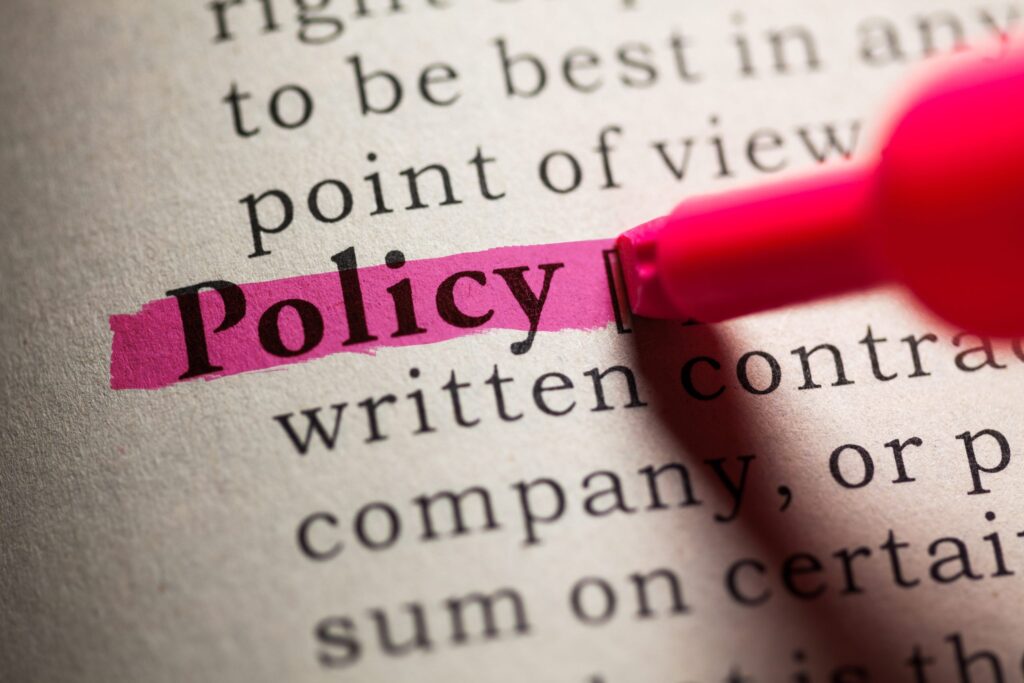
10. **Bridging Academia and Policy — Forging Relationships with Policymakers and Key Opinion Leaders**
The meticulously cultivated network of academics served a crucial function in Coca-Cola’s broader strategy: establishing direct and indirect relationships with policymakers and other influential organizations. These academic partners, often holding prestigious positions, acted as conduits, lending credibility to the company’s efforts to shape public policy and public health messaging.
Dean Gregory Hand’s transition into the “political arena” upon his deanship, facilitated by an introduction from Applebaum to a Senior Director of Corporate Affairs at Coca-Cola (who was also a former Chief Counsel for the House Finance Committee of West Virginia Legislature), illustrates this strategic bridging. Hand’s acknowledgment of this immediate political engagement highlights how academic leadership could be leveraged for corporate political access.
Applebaum herself was proactive in brokering connections between her academic partners and key external organizations. She offered to introduce Steve Blair to the CEO of the Sports & Fitness Industry Association and Anne Flannery of the Boys and Girls Clubs of Northwest Indiana, identifying them as potentially “great group[s] for GEBN to work with.” These introductions were designed to broaden the reach of Coca-Cola’s “energy balance” narrative through seemingly independent health and fitness advocacy groups.
Furthermore, Applebaum explicitly proposed an academic collaboration involving GEBN for a review on public-private partnerships, suggesting that a large number of “experts and reputable orgs” involved would help “insulate against potential criticisms.” This tactic aimed to create a robust, seemingly diverse coalition that could deflect scrutiny and legitimize industry positions, effectively making it difficult for “naysayers to cull the pack and attack.” This systematic approach allowed Coca-Cola to extend its influence beyond scientific papers to public policy debates and community-level messaging.
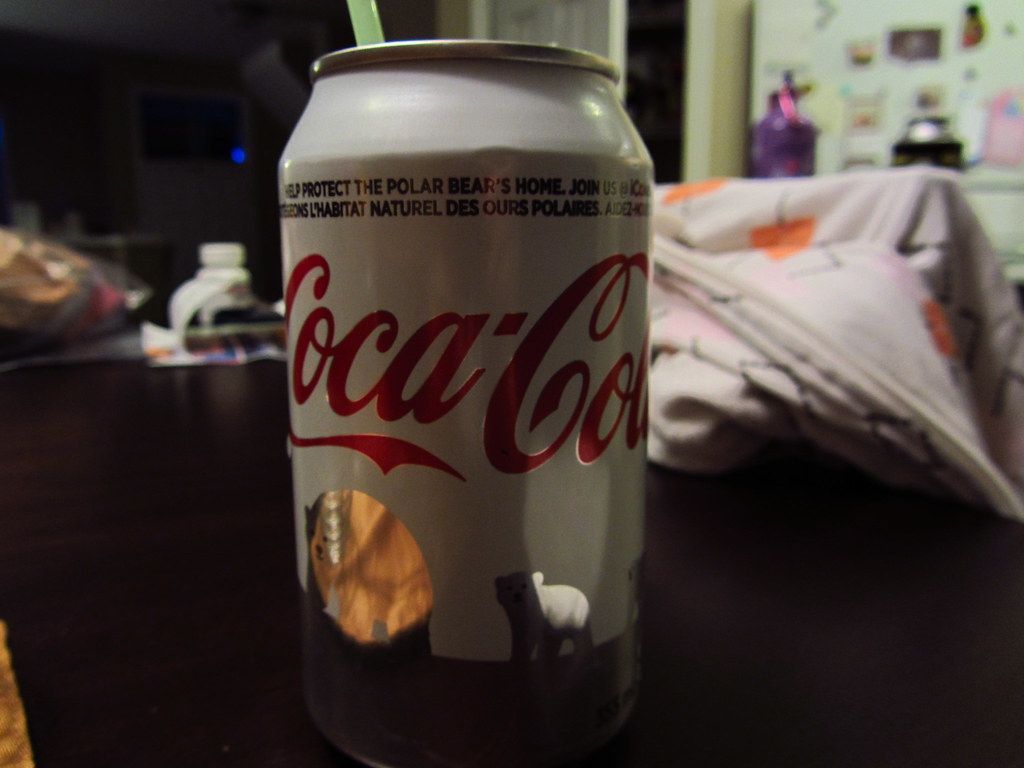
11. The Campaign Against Public Health — Orchestrating Resistance to Soda Taxes in California
Coca-Cola’s proactive engagement in political battles against public health measures represented a significant front in its strategy to protect its product sales. In 2018, the corporation and its allies in the soda industry orchestrated an elaborate campaign to combat soda taxes in California municipalities. This effort was fronted by a seemingly grassroots campaign called “Californians for Accountability and Transparency in Government Spending, Sponsored by California Businesses.”
This coalition’s primary tactic involved gathering signatures for a statewide ballot initiative. The proposed measure would have mandated that any new local tax change, including soda taxes, would require the approval of two-thirds of the voters. While presented as a measure for “accountability and transparency,” the real objective was to create a near-impossible hurdle for municipalities attempting to implement public health taxes on sugary beverages.
The strategic design of this initiative was particularly astute. It was crafted to be so “abhorrent to municipalities and unions” that California lawmakers would be highly motivated to make it disappear. This pressure created significant bargaining power for the soda industry, allowing them to dictate terms that would safeguard their financial interests against a growing wave of public health interventions.
This carefully calculated political maneuver showcased the industry’s willingness to use sophisticated and indirect means to circumvent local democratic processes. By leveraging a seemingly consumer-focused initiative, Coca-Cola and its partners aimed to neutralize legislative efforts to mitigate the public health crisis linked to sugary drinks, demonstrating a systematic approach to protecting their market share at the expense of public health policy.
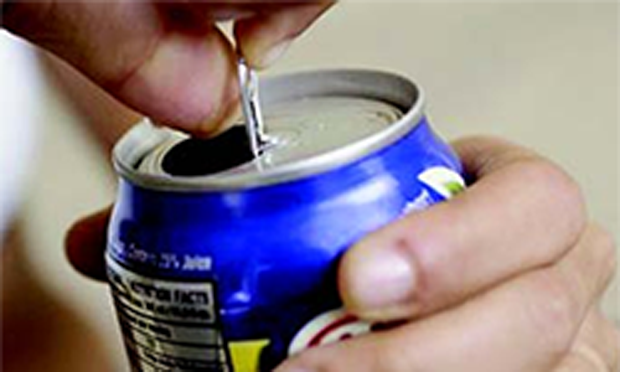
12. Preemption as a Political Weapon — Banning Future Soda Taxes Through Legislation
The political maneuver initiated by Coca-Cola and its allies in California culminated in a powerful legislative victory through a strategy known as preemption. With the ballot initiative in hand, the soda industry alliance approached lawmakers in Sacramento, offering a direct exchange: they would withdraw their initiative, which was deeply unpopular with local governments and unions, in return for a statewide law.
This law, pushed through as a rider on a budget bill, effectively banned new taxes on groceries, including sodas, throughout California until 2030. The legislators, eager to avoid the contentious and disruptive statewide initiative, “took the deal.” This backdoor legislative approach circumvented public debate and effectively stripped local communities of their autonomy to implement public health measures on sugary drinks for over a decade.
The effectiveness of this strategy lies in its ability to preempt local regulatory efforts with state-level legislation, thereby creating a uniform, industry-friendly policy landscape. It is a tactic that has been successfully employed by other powerful lobbying groups, such as gun rights organizations, to block local ordinances that they deem unfavorable. This parallel highlights the sophistication and strategic depth of Coca-Cola’s political operations.
By leveraging the threat of a costly and politically problematic ballot measure, Coca-Cola secured a long-term legislative safeguard for its products. This outcome not only protected its profitability but also set a precedent for how corporations can use political leverage to undermine public health initiatives, ensuring that the critical dialogue around soda consumption and its health impacts would be significantly muted in California for years to come.

13. Legal Triumphs — Whittle Down, Endure, and Prevail in Court
Amidst its extensive public relations and lobbying efforts, Coca-Cola also demonstrated formidable resilience in the legal arena. The 2015 lawsuit filed in Washington, D.C., by two pastors against Coca-Cola and the American Beverage Association, alleging “deceptive marketing, labeling, and sale” of sugary beverages, was initially seen by some as a potential turning point—a moment that might finally shift public opinion against the company.
However, the ensuing legal battle showcased Coca-Cola’s significant resources and legal prowess. The lawsuit “dragged on for years,” indicating a sustained and intricate defense mounted by the corporation’s “top-notch legal team.” This protracted legal process often wears down plaintiffs, particularly when facing adversaries with virtually unlimited legal budgets, demonstrating the profound asymmetry of power.
Ultimately, the rigorous defense strategy proved successful, as Coca-Cola’s legal team meticulously “whittled it down.” The plaintiffs eventually withdrew the suit in 2019, concluding the challenge without a definitive ruling against the company. This outcome allowed Coca-Cola to avoid a major legal reckoning that could have significantly impacted its public image and operational freedom, similar to the fates of other corporations facing public health scrutiny.
This legal victory reinforced Coca-Cola’s ability to defend its corporate interests against direct legal challenges, complementing its other strategies of influencing science and policy. It underscored how the company has managed to evade the widespread public backlash and significant legal accountability that has confronted other industries facing similar criticisms regarding their products’ health impacts.
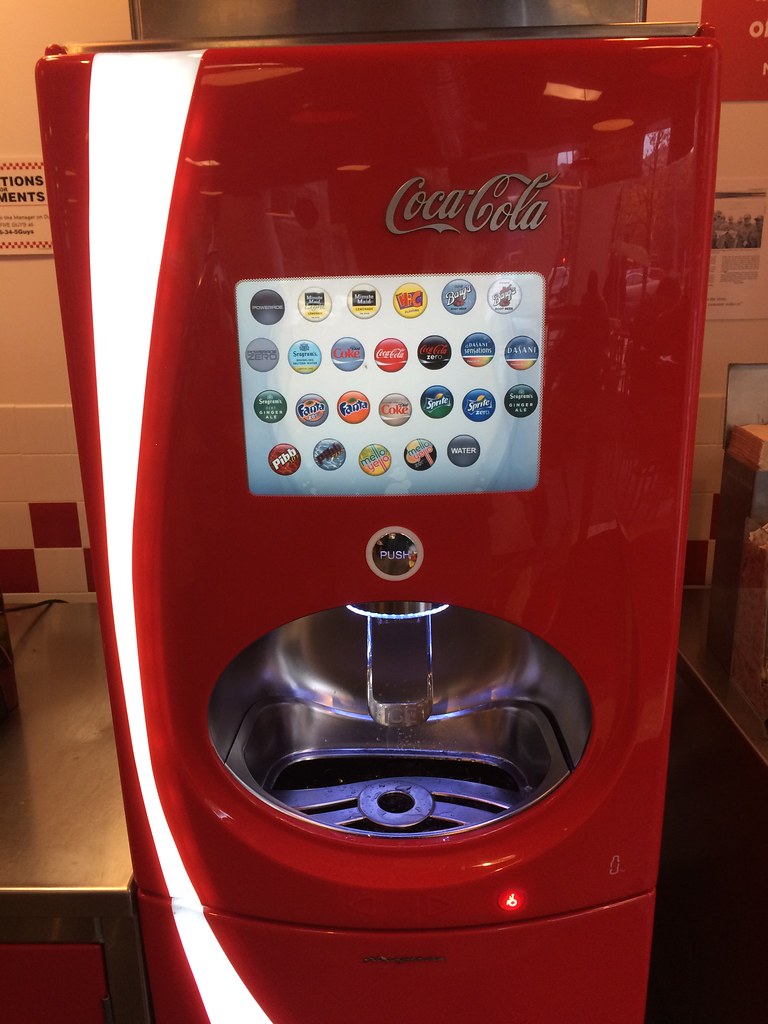
14. The Enduring “Aura of Goodness” — Maintaining Public Image and Profitability
The cumulative effect of Coca-Cola’s sophisticated, multi-pronged strategies, encompassing scientific manipulation, strategic philanthropy, political lobbying, and legal defense, has been remarkably successful in insulating the company from significant public backlash. This elaborate “parallel world” of carefully crafted messages and actions has prevented the balance of public opinion from tipping against Coca-Cola, as it has for other corporations implicated in public health crises.
Concrete evidence of this enduring success is visible in public perception metrics. The 2024 Axios Harris Poll 100, which ranks company reputations, placed Coca-Cola at an impressive 27th, earning a “very good” score. This favorable standing stands in stark contrast to the “fair” score of companies like Exxon, ranked 86th, which have faced intense scrutiny over their societal impacts. Coca-Cola’s ability to maintain such a positive image amidst ongoing health controversies is a testament to its pervasive influence.
This sustained “aura of goodness” is not accidental; it is the direct outcome of decades of strategic public relations. By consistently associating its brand with universally positive imagery—polar bears, Santas, and happy families—while simultaneously deflecting and obscuring the health risks of its products, Coca-Cola has meticulously cultivated a public persona that transcends the scientific evidence and public health concerns.
The ultimate goal and achievement of this comprehensive PR strategy is to ensure that Coca-Cola can continue to operate profitably, rewarding its shareholders, even as its sugar-sweetened beverages remain a leading dietary driver of chronic diseases globally. Its success in shaping public understanding of nutrition and maintaining a revered brand image highlights the profound challenges faced by public health advocates in an era of sophisticated corporate influence.
In reflection, the story of Coca-Cola and its strategic efforts to shape public understanding of nutrition is a potent reminder of the intricate interplay between commerce, science, and public health. It underscores the critical importance of informed choices, not only by consumers but by institutions and policymakers, in navigating a landscape where corporate interests can profoundly reshape societal understanding and public policy for decades.

